Here's a guide to Milwaukee's Layton Park neighborhood
Located on the city's south side, Layton Park is one of more than 75 distinct neighborhoods in Milwaukee.
Working-class Poles and Germans arrived in the late 19th century, but now, the largely residential neighborhood is about three-quarters Latino. Home to just over 8,200 residents, Layton Park is one of Milwaukee's most populated neighborhoods.
The neighborhood and its surrounding area are known for their vibrant Latin American and Caribbean influences, ample outdoor recreation opportunities and beloved, hidden-gem restaurants.
Here's what to know about and check out in Milwaukee's Layton Park neighborhood.
More: Here's a guide to Milwaukee's Tippecanoe and Town of Lake neighborhoods
More: What to know about Milwaukee's Brewers Hill neighborhood
More: Here's a guide to Milwaukee's lower east side neighborhood
Where is Milwaukee's Layton Park neighborhood?
Neighborhood boundaries in Milwaukee are not completely set in stone and may differ depending on who you ask.
However, most sources define Layton Park's boundaries as W. Becher Street at the north and W. Cleveland Ave. or W. Kinnickinnic River Parkway at the south, and S. 35th Street at the west and W. Forest Home Avenue and S. 27th Street at the east.
An earlier definition in the 1970 "Metropolitan Milwaukee Fact Book" defined the neighborhood's boundaries as "Lincoln Ave. from 16th St. to 24th St., Becher St. from 24th St. to 35th St., and Howard Ave. from 16th St. to 35th St.," according to UW-Milwaukee's Encyclopedia of Milwaukee. Today, this area includes Layton Park, Forest Home Hills, Southgate, Southpoint and parts of the Jackson Park, Morgandale, and Polonia neighborhoods.
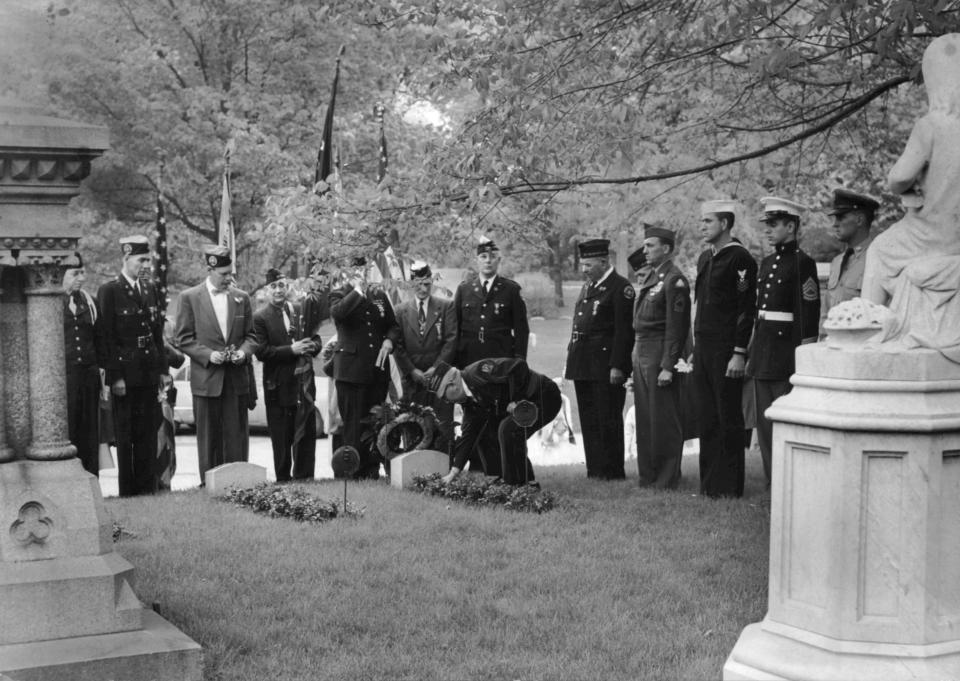
Layton Park was a Polish neighborhood in the 1800s
In 1849, Englishman John Layton purchased land now bounded by Lincoln Avenue, Forest Home Avenue, and 31st Street, wrote Jim Nelsen, Golda Meir School social studies department chair, for the Encyclopedia of Milwaukee. When Layton arrived, the area was home to white farmers and Native Americans. Layton and his son Frederick are the neighborhood's namesake and shaped much of it, building a farm, residence and inn.
In 1885, the Laytons sold their land, and it was subdivided for houses, Nelsen wrote. Working-class Polish residents, as well as some Germans and other northern Europeans, made up the majority of the neighborhood's residents by the turn of the century.
The neighborhood's Polish roots are still evident in a lot of nearby places: Pulaski High School, Pulaski Park and Pulaski Indoor Pool, just to name a few. Many things in the area are named "Pulaski" after General Casimir Pulaski, a Polish hero of the American Revolution, Nelsen explained.
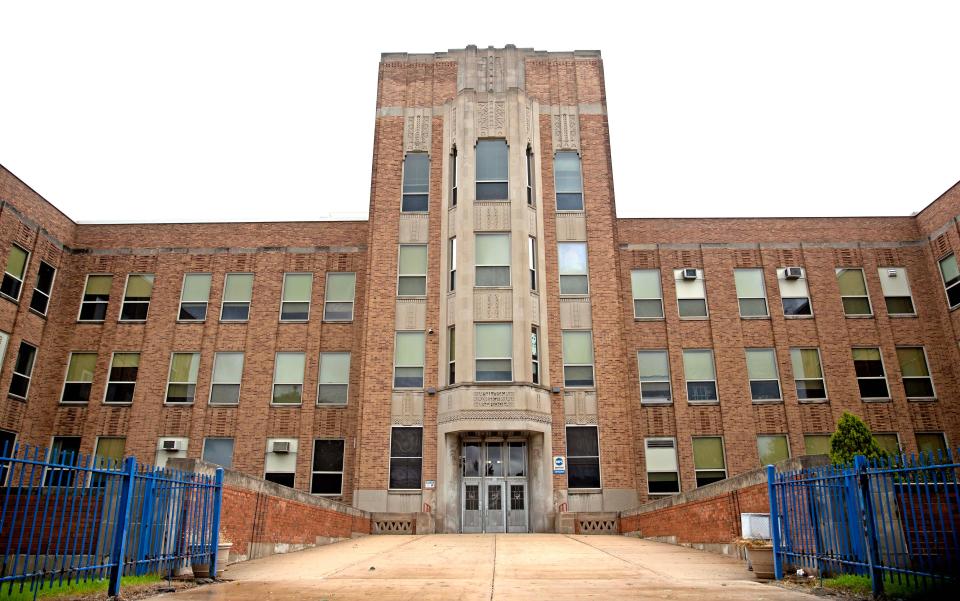
"He actually didn't speak more than probably a few words of English, but he was an officer during the time of the American Revolution and fought on the American side," Nelsen said. "So, for a lot of Polish residents here back like 100, 150 years ago, there was this big concern of, 'We want to be American right away, but we also want to be Polish. So, what can we do to be proud Polish-American? Oh man, there's this American-Polish patriot!'"
Layton Park has been home to Maynard Steel Casting since World War I. From 1951 to 1999, the neighborhood was also the site of Southgate Shopping Center, Milwaukee's first shopping mall. Leon's Frozen Custard, currently Milwaukee's second-oldest custard stand, popped up on 27th Street in 1942.
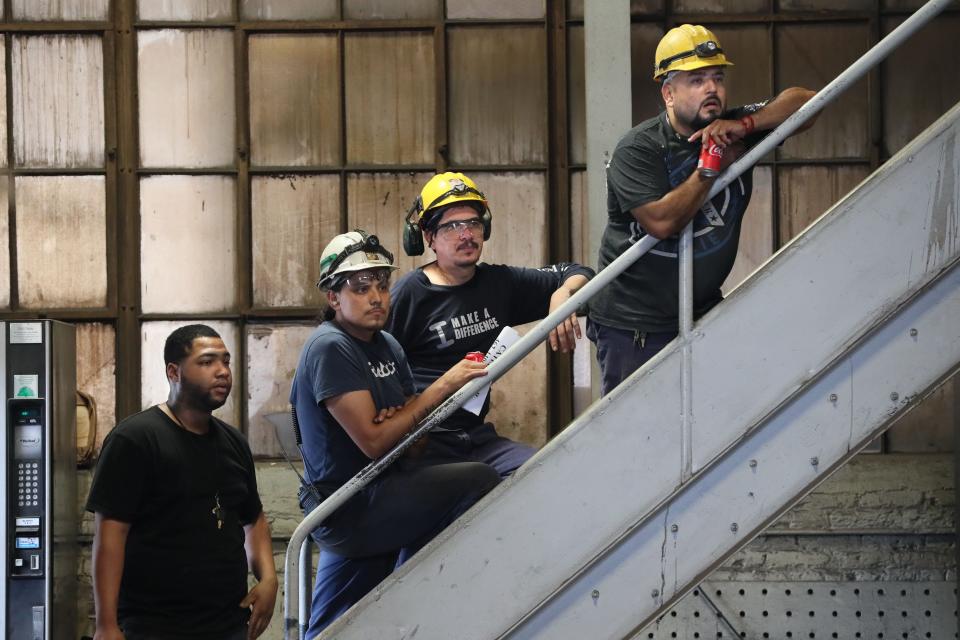
Latino immigrants, mainly from Mexico, began settling in Layton Park and much of the rest of Milwaukee's south side in large numbers in the mid-to-late 20th century.
"Latinos were able to settle successfully alongside the Poles because they shared so many traits in common," wrote anthropologists at Urban Anthropology Inc. in their "190 Milwaukee Neighborhoods" project entry on Layton Park. "These included the Catholic faith, the focus on the Madonna figure, polka music traditions, similarities in childrearing and eldercare practices, and an entrepreneurial spirit."
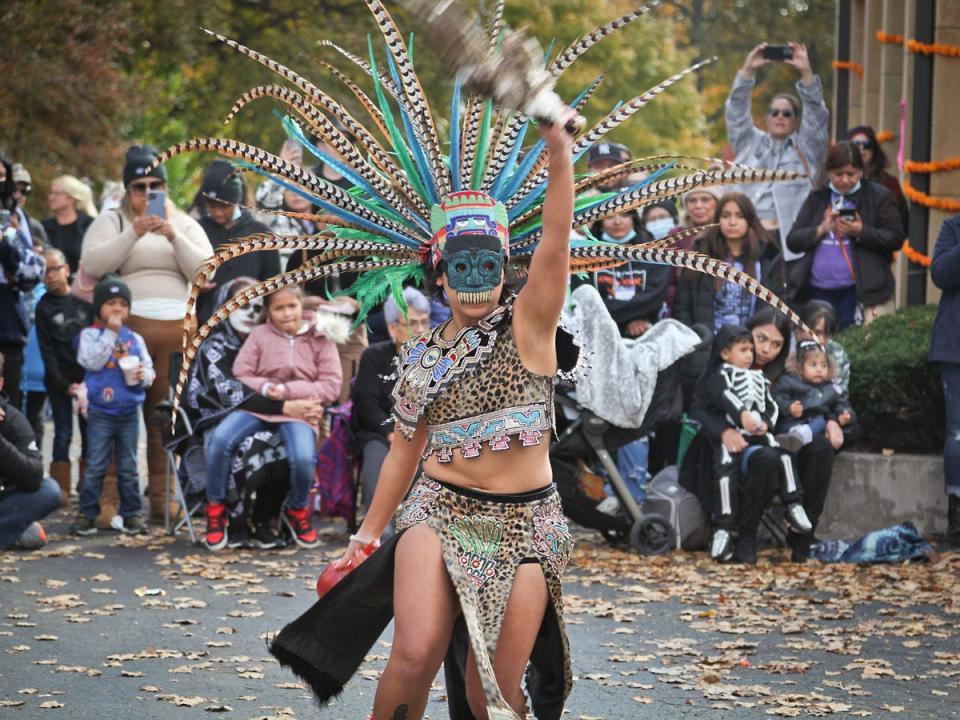
Today, Layton Park is home to a vibrant, majority-Latino community
Today's Layton Park neighborhood is largely residential. Nelsen said its reasonably priced homes attract first-time homeowners and immigrants. As of 2020, Layton Park is about 75% Latino.
The main commercial corridors in the neighborhood are along Lincoln Avenue and W. Forest Home Avenue. Many restaurants and small auto repair businesses line these streets. Nelsen said Layton Park attracts job-seekers with lots of opportunities in retail, restaurants and at Aurora St. Luke's Medical Center, one of the neighborhood's biggest employers.
Kevin Solis is the senior outreach and engagement manager for VIA Community Development Corporation. He works with residents of Layton Park ― and the nearby Burnham Park and Silver City neighborhoods ― on civic engagement: voting, providing public comment at the mayor's budget hearing and organizing neighborhood projects.
Solis said Layton Park's Latino culture is on display in the neighborhood's food offerings.
"We can see it, not only in the restaurants that are available, but there are grocery stores that cater a lot to our community," he said. "This makes the community feel more like home."
Solis cited El Rey Foodmart on Burnham Street and Cermak Fresh Market on Miller Parkway, both just north of Layton Park's official boundaries, as examples. El Rey is a Milwaukee-based Central and South American specialty food store chain, while Cermak specializes in a variety of cultural foods from across the globe, including Latin American cuisine.
Layton Park's Latino culture is also evident in the nearby churches, such as Our Lady Queen of Peace Parish, which offers Mass in Spanish multiple times a week as well as other Latino Catholic traditions like Quinceañeras and Spanish-speaking faith groups.
What to eat, see and do in and around Milwaukee's Layton Park neighborhood
Nelsen recommends Mazos Hamburgers, 3146 S. 27th St. The small diner has been around since 1934.
"Most people drive past and don't realize it's there," he said. "But, if you're just looking for a hole-in-the-wall type place with home-cooked food with reasonable prices, it's not a bad place at all to get a burger."
One neighborhood favorite is Tu Casa Mexican Restaurant and Bar, 3710 W. Lincoln Ave. The restaurant promises "The tastes of Mexico, the feelings of home" on its website, and the menu features Mexican favorites well-known in the U.S., like tacos and enchiladas, as well as authentic dishes and seafood that some Milwaukeeans may be less familiar with.
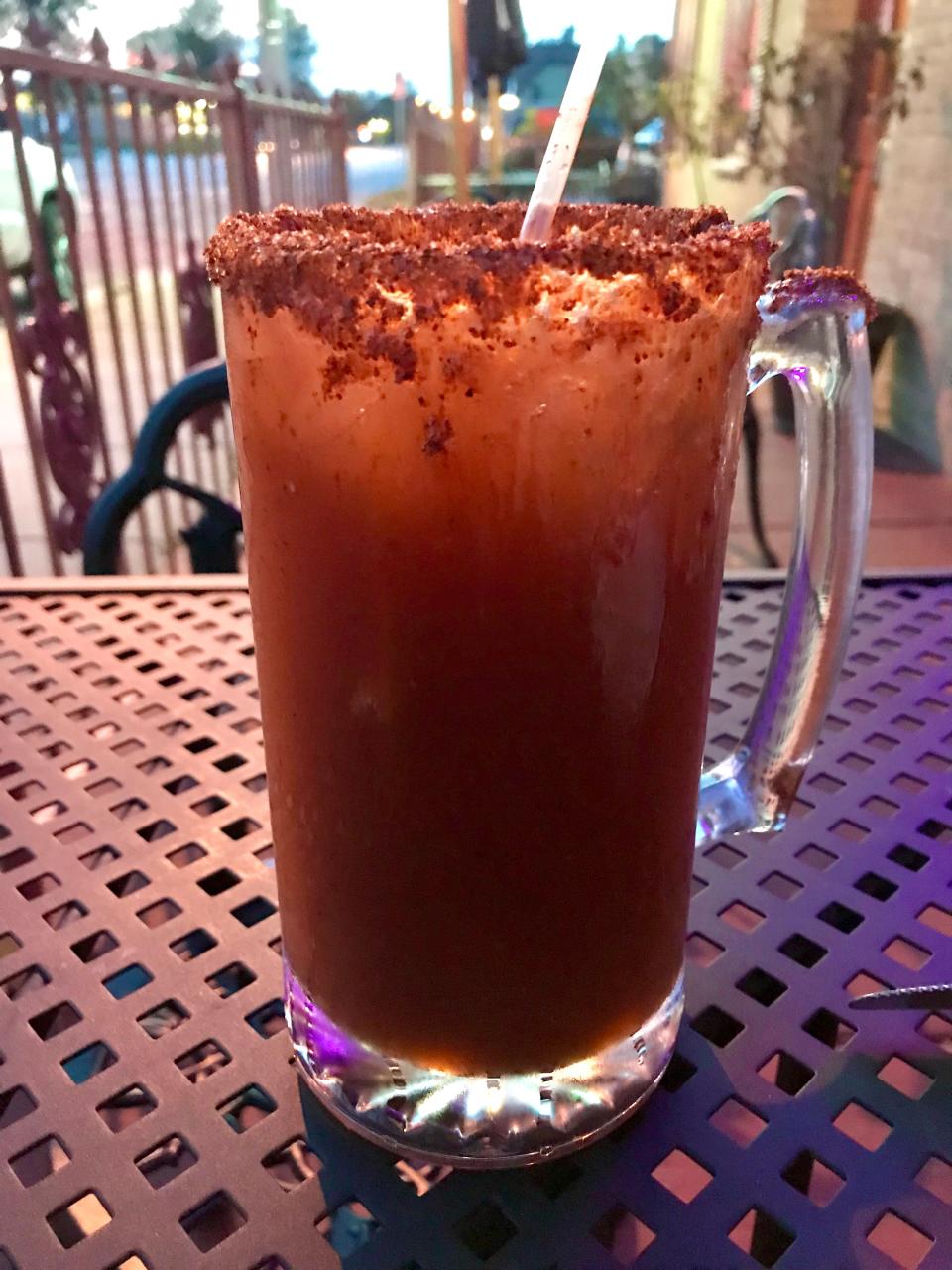
Another spot to check out is Neveria Las Maravillas, 2908 W. Lincoln Ave. The shop serves traditional Mexican ice cream in a wide variety of flavors, as well as elotes, fruit and drinks.
Layton Park and the surrounding area are also a hub for food trucks.
"If you walk around, you'll for sure bump into a food truck," Solis said. "And I will guarantee that it will have something delicious for you."
One truck he recommends is Mexicano Express, 3301 W. Burnham St. A Puerto Rican food truck, Sabor Divino, just opened a brick-and-mortar location at 3300 W. Lincoln Ave.
Just east of Layton Park's official boundary is the Forest Home Cemetery and Arboretum. The 200-acre cemetery was established in 1850 and is the burial site of many "beer barons, industrialists, mayors, governors, senators and families who have made significant contributions to, and helped to build, Milwaukee," the cemetery says on its website. A list of notable people buried at Forest Home can be found on its website.
The cemetery offers self-guided and public summer tours. It also hosts a Día de los Muertos festival and 5K, as well as a Halloween event called "Spirits of the Silent City," where professional actors portray famous Milwaukeeans buried in the cemetery and guide visitors on an educational, after-dark tour. The cemetery is also an arboretum, where people can enjoy walking and cycling trails, birdwatching and 2,600 trees of over 100 labeled species.
The Kinnickinnic Sports Center, 3070 S. 20th St., is also nearby. It features an archery range, basketball court, baseball and softball diamonds, trails and a playground.
Solis also recommends the recently renovated Burnham Playfield, 1755 S. 32nd St., which now has a splash pad, playground, soccer fields and basketball courts.
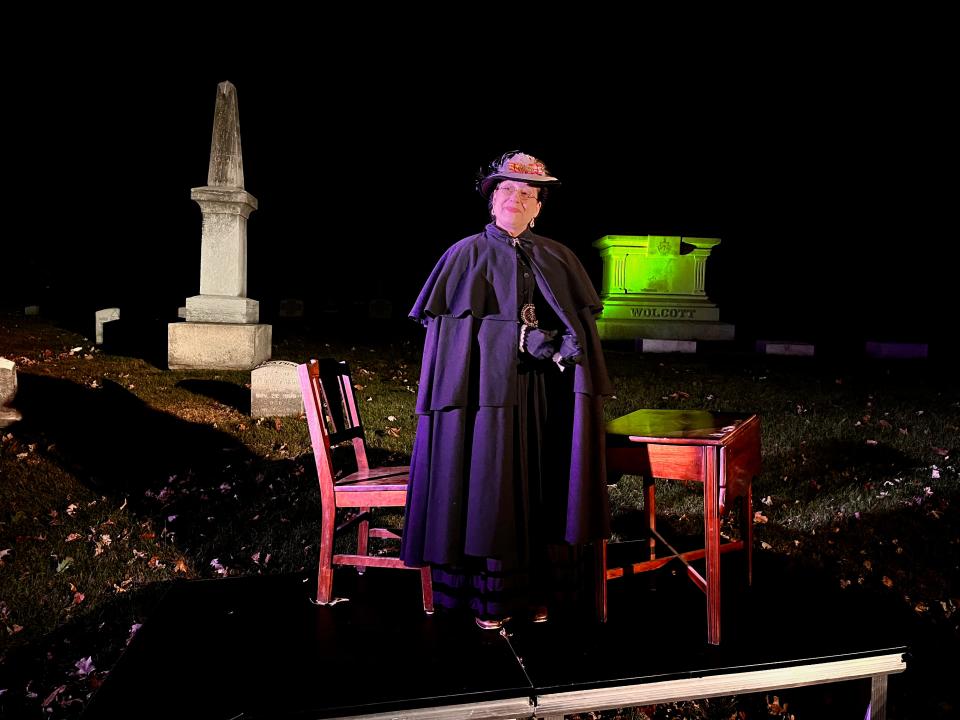
New to the neighborhood? Here’s how to access Milwaukee services
Layton Park is in the 8th Aldermanic District. Contact your alderperson and find news about the 8th district at city.milwaukee.gov/CommonCouncil/CouncilMembers/District8. You can also email current District 8 Alderwoman JoCasta Zamarripa at JoCasta.Zamarripa@milwaukee.gov.
Layton Park is in Police District 2. Public, monthly Crime and Safety Meetings are held on every third Wednesday of the month. Meeting locations vary; visit the District Two Facebook page for more information.
Find your garbage and recycling schedule at city.milwaukee.gov/sanitation/GarbageRecyclingSchedules.
Learn how to register to vote and find your polling place at city.milwaukee.gov/election/Voter-Info.
Need to borrow tools for a home improvement project? Check out the city’s Tool Loan Center, 2500 W. Capitol Drive. More details at bit.ly/MKE_ToolLoan.
Want to get emailed updates about police activity, new development and more in your neighborhood? Sign up for the city’s e-notify system at city.milwaukee.gov/News-Events/enotify.
Tell us about your Milwaukee neighborhood. We want to hear from you!
What makes your Milwaukee neighborhood special to you? Do you have any photos in the neighborhood you'd like to share? Share more at bit.ly/MKE_Neighborhoods.
This article originally appeared on Milwaukee Journal Sentinel: A guide to Milwaukee's Layton Park neighborhood

